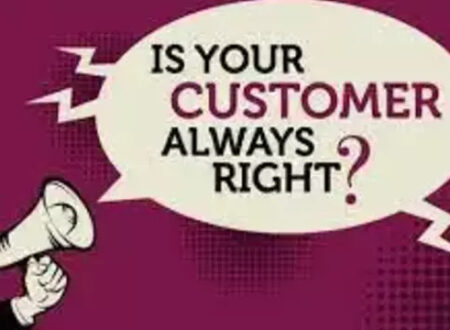In the simplest words, an export process consists in take a good produced in one country and sold it to a buyer in another, creating an international trade.
This process allows cooperation between traders and increases the market possibilities, contributing to the idea of a globalized world.
An export process is not an easy task, there are many factors involve in the process to take in consideration, to handle it in the best possible way: avoiding extra costs, ensuring the security of the products, and no generating delays.
The process starts with the purchase order and finishes once the product arrives in the hands of the buyer and the final payment is done.
Here are some of the most basic and important things you should know about an export process,

The Shipping/Trade Terms:
The shipping terms must be discuses with the client; this is something that has to be clear before starting any export process. These terms are established by the International Chamber of Commerce in order to help to clarify the obligation of buyers and sellers in the trading process.
The most common ones:
Ex Works/ EXW: The seller makes a product available at a certain location, and the buyer must be in charge of transport, planning, and cost.
Free on Board/ FOB: Indicates that the supplier retains ownership and responsibility for the products until they are loaded onboard a shipping vessel.
FOB destination: Ownership of the goods is transferred to the buyer at the buyer’s loading truck.
FOB origin: Ownership of the goods is transferred to the buyer once they leave the suppliers shipping point.


Cost, Insurance, and Freight/ CIF: The seller must deliver the products in a specific port assuming the payment for transportation – insurance – Loading cost. The buyer will assume the cost and the risk from the port to the warehouse or business of destination.
Some shipping terms apply to any mode of transport:
- Free Carrier/ FCA
- Carriage Paid To/ CPT
- Carriage and Insurance Paid To/ CIP
- Delivered At Terminal / DAT
- Delivered At Place/ DAP
- Delivered Duty Paid/ DDP
- Ex Works/ EXW
Some others only apply to sea freight
- Cost and Freight/ CFR
- Free Alongside Ship/ FAS
- Free on Board/ FOB
- Cost, Insurance and Freight/ CIF

Type of transport
Land Freight:
Commonly used for short distances. Usually, combined with air or sea shipments to take the cargo from the place of origin to the seaport or airport.
Usually cheaper than air but more expensive than sea freight and not advisable for long-distance


Air Freight:
One of the biggest advantages of this is the speed; a product can reach the other side of the world in commonly 10 days.
However, the cost is higher than the land and the sea. Airfreight is advisable for perishable or high economic value goods.
Ocean Freight:
Is the most common way of transportation, accounting for 90 % of goods globally transport.
Is, in general, the most economic way of transport, but also is the slower one in comparison. It is advisable to move large quantities of products or materials and ideal for long distances.

Packaging for Export
Corrugated fiberboard or “combined board” has two main components: the liner and the medium. Both are made of a special kind of heavy paper called containerboard. The corrugated boxes are made from corrugated paperboard that contains rows of air columns.


This kind of package is the most widely used packaging material for the export process.
What’s the reason?
- Low Cost
- Good protection
- Easy to Customize
- Lightweight
- Recyclable
As we said export process is not an easy task, as everything in business requires a lot of care about details.



